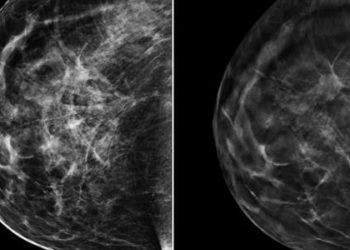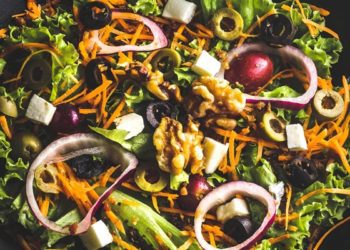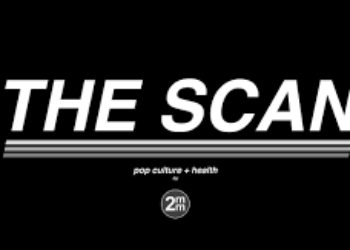Prescription drug use rising among US Adults
1. This study found that an increase in prescription drug use among US adults when comparing rates from 1999-2000 to 2011 to 2012.
2. This increase in use was noted in the majority of drug classes that were examined.
Evidence Rating Level: 2 (Good)
Study Rundown: This study aimed to examined prescription drug among US adults using data gathered from the National Health and Nutrition Examination Survey, NHANES. It found an overall increase in prescription drug use among US adults when comparing prescription drug use rates gathered from the survey from 1999-2000 to 2011 to 2012. Of the 18 drug classes examined, a majority (11) demonstrated an increase in use during this time period.
Limitations of this study include its retrospective design and exclusion of institutionalized adults, including those living in nursing homes. Strengths included its reliance on population based survey data rather than indirect markers of prescription drug use such as cost or pharmacy data. This data may be used to examine the effects of policy changes, drug availability, and other events that occurred during this time period on prescription drug use.
Click to read the study in JAMA
Relevant Reading: Prescription drug use, diagnoses, and healthcare utilization among the elderly
In-Depth [retrospective cohort]: This study used data gathered from the National Health and Nutrition Examination Survey, NHANES, from 1999-2000 to 2011-2012 during household interviews. Participants were asked what prescription drugs they had taken over the past 30 days and were asked to show the bottle or report the name of the medication. 5558 individuals participated overall. While 51% of adults reported prescription drug use in 1999-2000, 59% reported it in 2011-2012 (95% CI, 3.8-12%). 18 drug classes were examined with an increase in use noted in 11 of them, including antihypertensives (20% versus 27%, p<.001), antidepressants (6.8% versus 13%, p<.001), and antihyperlipidemics, (7.6% versus 18%, p<.001)
Image: PD
©2015 2 Minute Medicine, Inc. All rights reserved. No works may be reproduced without expressed written consent from 2 Minute Medicine, Inc. Inquire about licensing here. No article should be construed as medical advice and is not intended as such by the authors or by 2 Minute Medicine, Inc.







